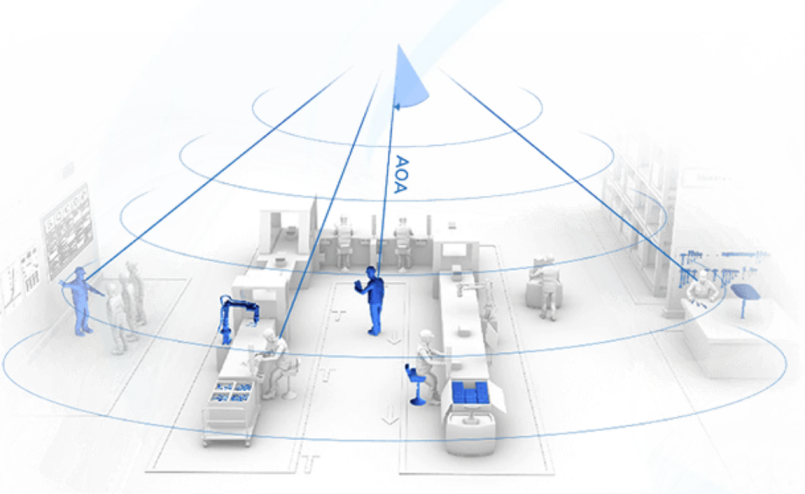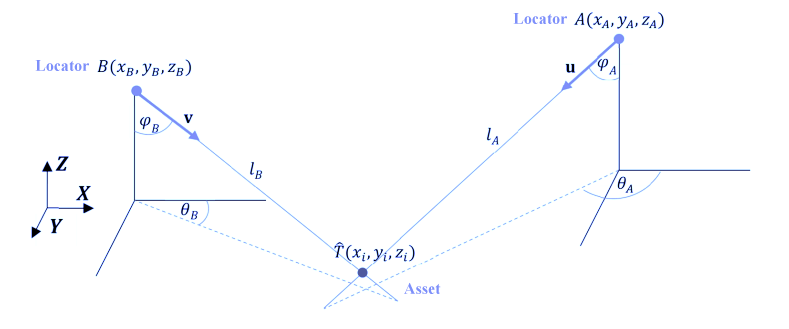Current AoA locators only have antennas in one plane which means they can only provide angles in two (elevation and azimuth) dimensions. A locator therefore sees assets as being somewhere along an imaginary line or ray emanating from the locator.

If the height, perhaps of a worn lanyard, is known and tends to not change much then it’s possible to estimate the 3D location. Obviously, if the person climbs some steps for kneels down then the location becomes less accurate in all dimensions.
The other solution is to use multiple locators to triangulate two or more locator lines. This is more accurate because it doesn’t rely on a known average height and provides the opportunity to use more than two locators to increase accuracy still further.

3D provides the best accuracy. 2D location allows use of fewer locators with the trade off of less accuracy. For example, the four locators in the Minew AoA kit can be placed in different rooms or areas rather than covering an overlapping area. 2D location also has the implicit advantage of supporting more beacons because the locators and subsequent systems are doing less work.
Read about PrecisionRTLS™